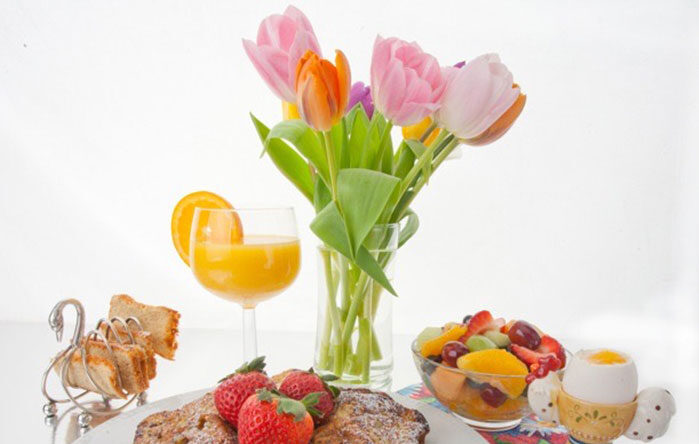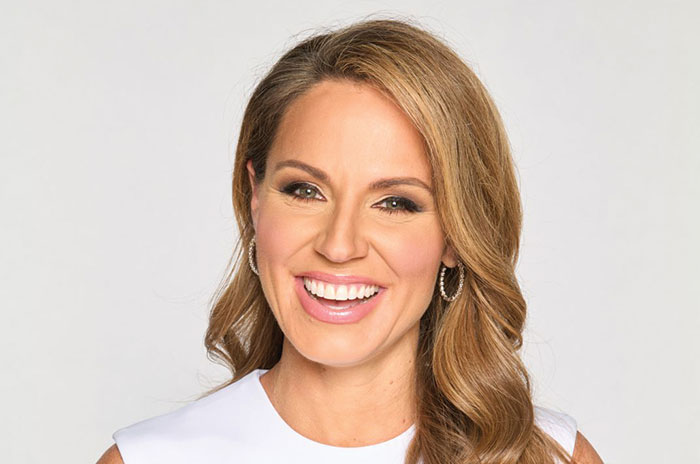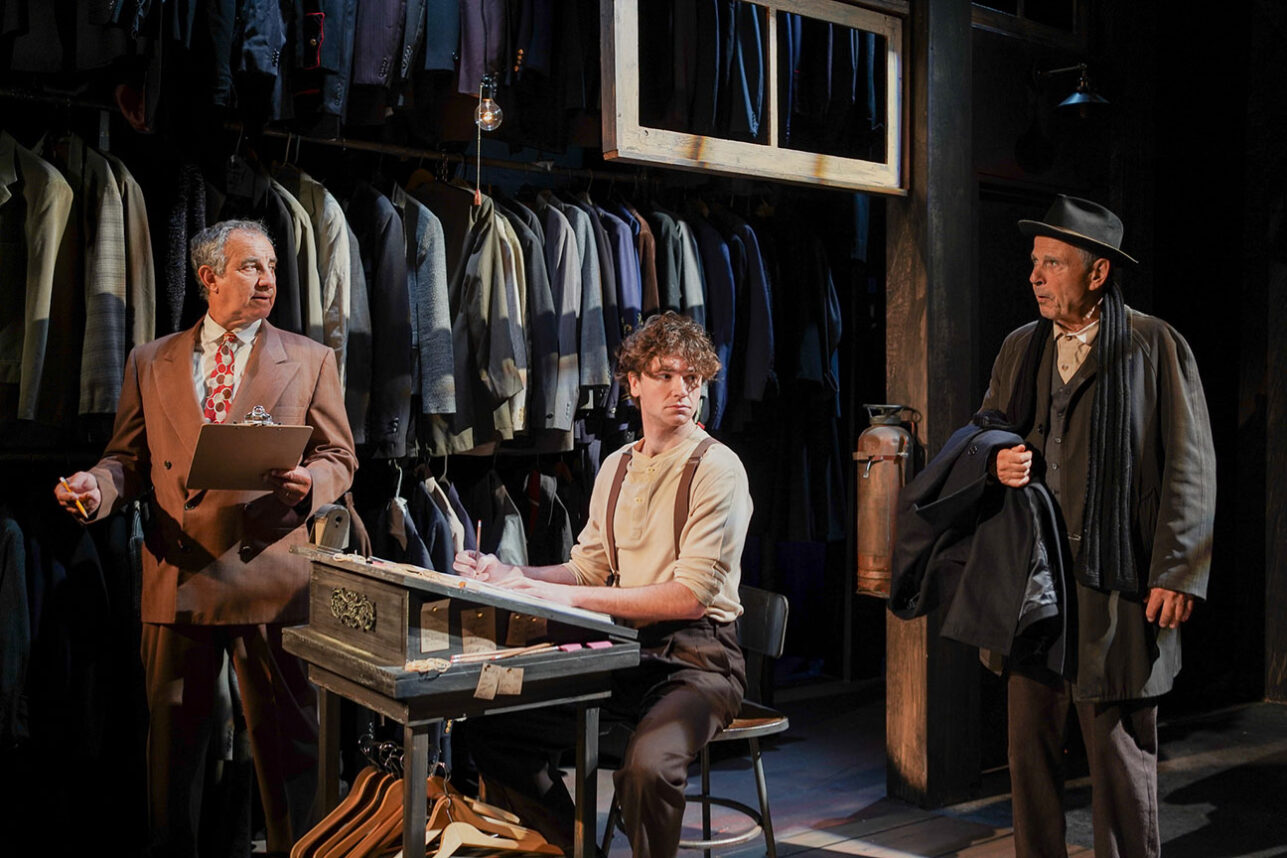By 7 p.m., the Los Angeles Museum of the Holocaust was packed with parents, teachers, survivors and dozens of students who had participated in the Jay Shalmoni Holocaust Arts and Writing Contest. The May 22 reception honored those students, each of whom had spoken to a Holocaust survivor and, inspired by those in-depth talks, had created powerful works of art.
Public and private high schools throughout the greater Los Angeles area displayed students’ prize-winning works of art. Not surprisingly, students from Jewish schools like Milken, Shalhevet and Yeshiva University High Schools contributed many insightful interpretations of survivors’ experiences. Overall contest-winner Ashley Hanna got involved from Palm Valley High, and awards went to students from both L.A. County High School for the Arts and the California Academy of Math and Science.
By far the most well-represented school at the reception, however, and among the most prize-winning schools, was Notre Dame Academy, the Catholic girls’ high school. More than 60 Notre Dame students participated in the contest, with 11 prize-winners in five categories.
Roz Rothstein, who founded the contest in honor of her late father, made a special point of thanking the teachers who involved their students in the project: “If it weren’t for them telling, asking, requiring, and giving extra credit for this contest, we would never have had the response we’ve had,” she said.
That’s certainly true for the girls of Notre Dame Academy, who have teacher Carla Wynn to thank for getting them into the project.
Christa Garcia is in Wynn’s ninth-grade global civilization class. Her photography and text collage “Through Edith’s Eyes,” for which she learned some Hebrew words to help her present survivor Edith Frankie’s recollections, won first place in the mixed-media category. “We hadn’t even got to study World War II yet when [Wynn] told us about the contest,” Garcia said. “She really encouraged us to do it, and we wound up learning so much more than we could learn from a book or a video.”
For Wynn — the only Jewish teacher at Notre Dame, where she has taught for 11 years — getting involved in the Shalmoni contest just seemed natural. “I got a flyer about it in my [school] mailbox. I lost family in the Holocaust; actually talking to someone who was there just seemed like the best way to get kids to understand what happened,” she said.
“This was the first year we participated, so when they started bringing in [their artwork] I couldn’t believe it,” said Wynn, who noted that she was impressed by both the sensitivity and diversity of her students’ creative interpretations of Holocaust experiences. In addition to paintings and collage, Notre Dame Academy students created award-winning stained-glass work, a video and an informative Web site (www.envy.nu/link2thepast).
The innovative Shalmoni Holocaust Arts and Writing Contest hopes to ensure the Holocaust will be remembered long after its witnesses are gone. As Rothstein says, “This is a living interaction. And we’ll reach even more students next year.”





















 More news and opinions than at a Shabbat dinner, right in your inbox.
More news and opinions than at a Shabbat dinner, right in your inbox.